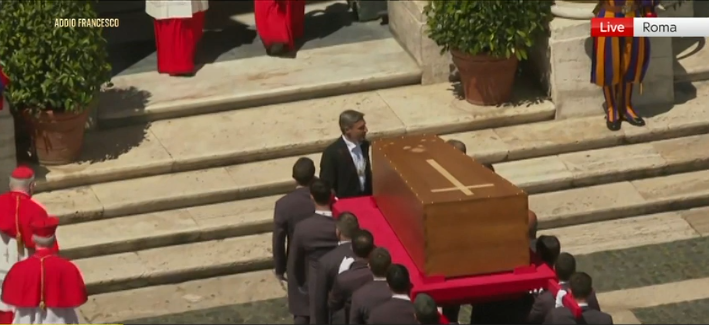[ad_1]
MAR DEL PLATA, Argentina/BUENOS AIRES (Reuters) – Argentine authorities were analyzing sounds detected by probes deep in the South Atlantic on Monday as they searched for a navy submarine that went missing five days ago after reporting an electrical malfunction.
“Special software is being used to study different sounds and acoustics,” navy spokesman Enrique Balbi told reporters in Buenos Aires. The probes are being carried out 360 km (223 miles) off the coast of Argentina and 200 meters (656 feet) down, he said.
Balbi said the sounds being detected were “constant,” raising some hope that the crew of the ARA San Juan submarine may have been intentionally making noise to attract rescuers. But Balbi added that it sounds could just as well be from a natural source.
The vessel, with 44 submariners on board, reported an electrical problem and was headed back to its base in the port of Mar del Plata when it disappeared last Wednesday, the navy said. Storms have complicated search efforts as relatives wait anxiously.
Hopes for a successful search for the submarine waned when the navy said satellite calls detected over the weekend did not in fact come from the vessel. (tmsnrt.rs/2zQ8HGZ)
More than a dozen boats and aircraft from Argentina, the United States, Britain, Chile and Brazil joined the search effort. Authorities have mainly been scanning the sea from the sky, as storms have made it difficult for boats.
Gabriel Galeazzi, a naval commander, told reporters that the submarine had come up from the depths and reported an electrical malfunction before it disappeared 268 miles (432 km) off the coast.
“The submarine surfaced and reported a malfunction, which is why its ground command ordered it to return to its naval base at Mar del Plata,” he said.
The malfunction did not necessarily cause an emergency, Galeazzi added. The craft was navigating normally, underwater, at a speed of five knots toward Mar del Plata when it was last heard from, he said.
“A warship has a lot of backup systems, to allow it to move from one to another when there is a breakdown,” Galeazzi said.
One of the crew is Argentina’s first female submarine officer, Eliana Maria Krawczyk, 35, who joined the navy in 2004 and rose to become the master-at-arms aboard the ARA San Juan.
Crew members’ relatives gathered at the Mar del Plata naval base, waiting for news. They were joined by President Mauricio Macri. “We continue to deploy all available national and international resources,” to find the submarine, Macri tweeted.
His government also sent five psychologists and a psychiatrist to the base in support of the relatives. “The families are holding up well. The word ‘hope’ is still being used,” the psychiatrist Enrique Stein told reporters.
Intermittent satellite communications had been detected on Saturday and the government had said they were likely to have come from the submarine. But the ARA San Juan in fact sent its last signal on Wednesday, Balbi said.
The calls that were detected “did not correspond to the satellite phone of the submarine San Juan,” he said on Monday, adding that the craft had oxygen for seven days. After that, he said, it would have to surface or get near the surface to replenish air supply.
The ARA San Juan was inaugurated in 1983, making it the newest of the three submarines in the navy’s fleet. Built in Germany, it underwent maintenance in 2008 in Argentina.
That maintenance included the replacement of its four diesel engines and its electric propeller engines, according to specialist publication Jane’s Sentinel.
Reporting by Walter Bianchi in Mar del Plata, Argentina and Maximiliano Rizzi in Buenos Aires; Writing by Hugh Bronstein; Editing by Alistair Bell and Lisa Shumaker
[ad_2]
Source link






Leave a Reply